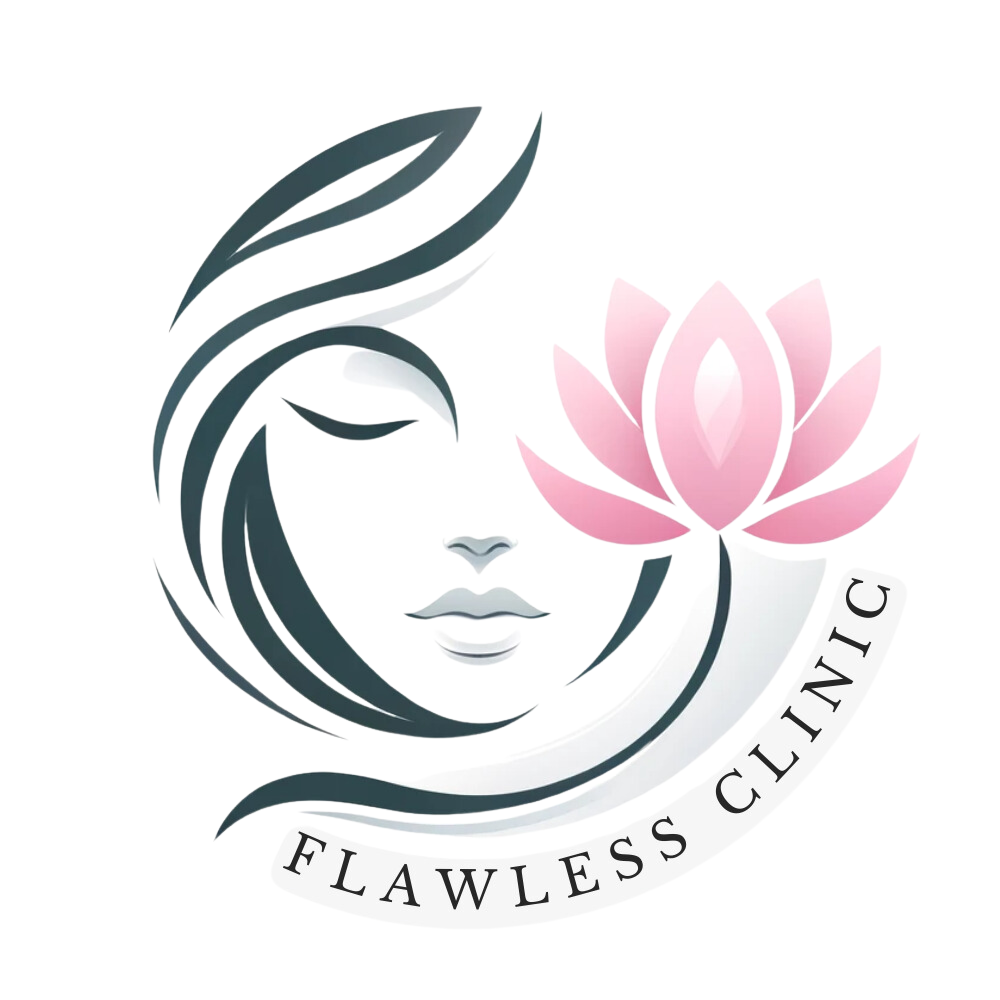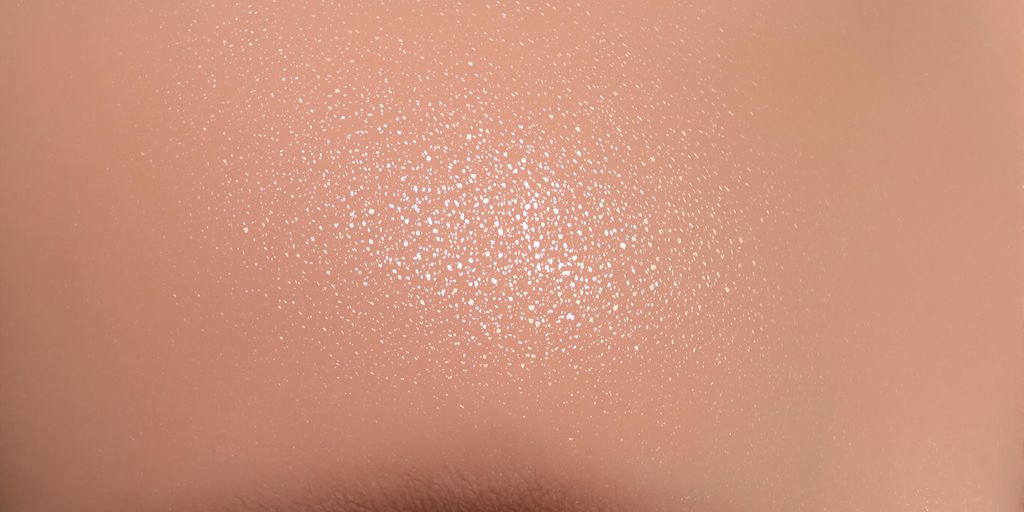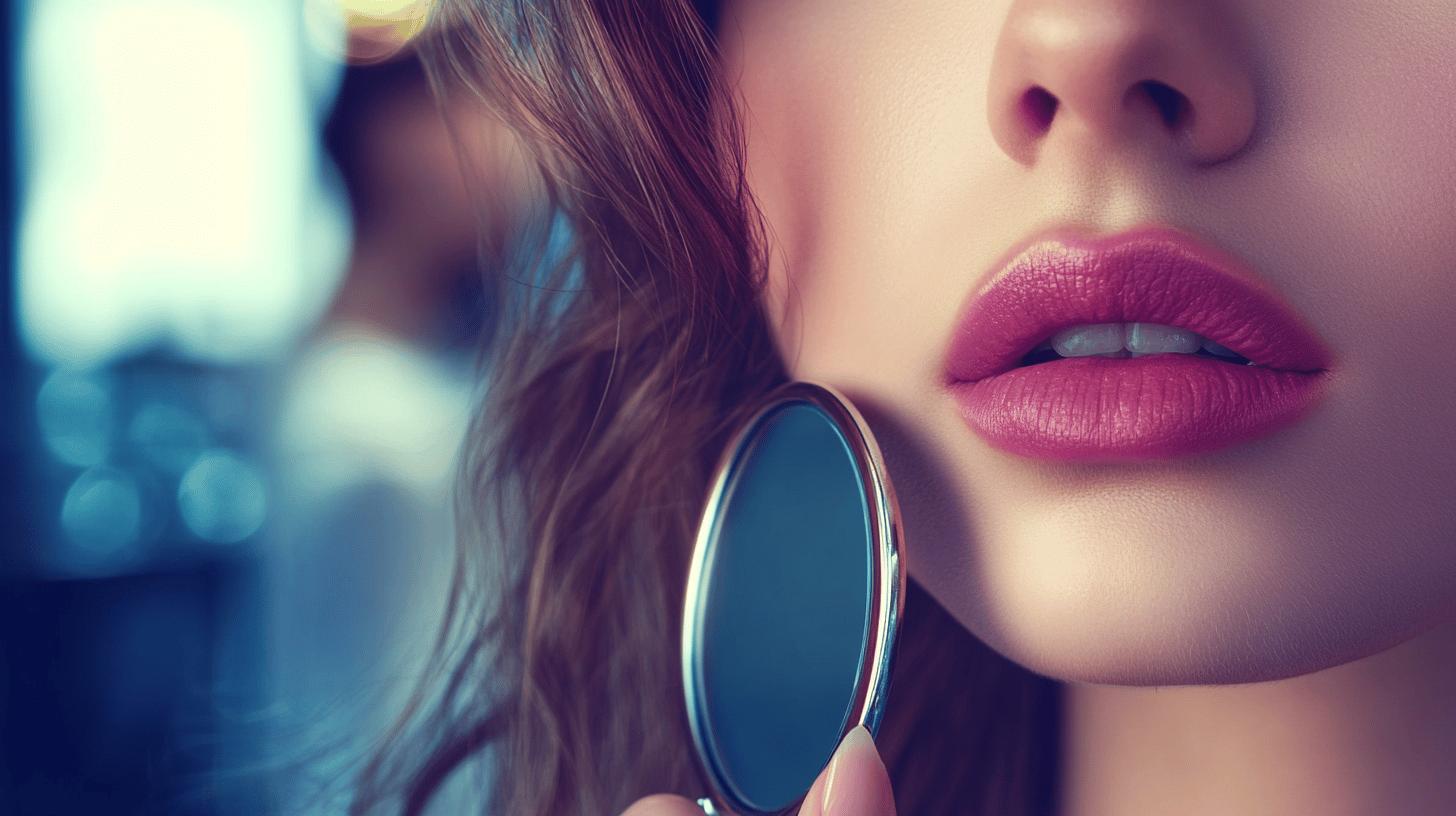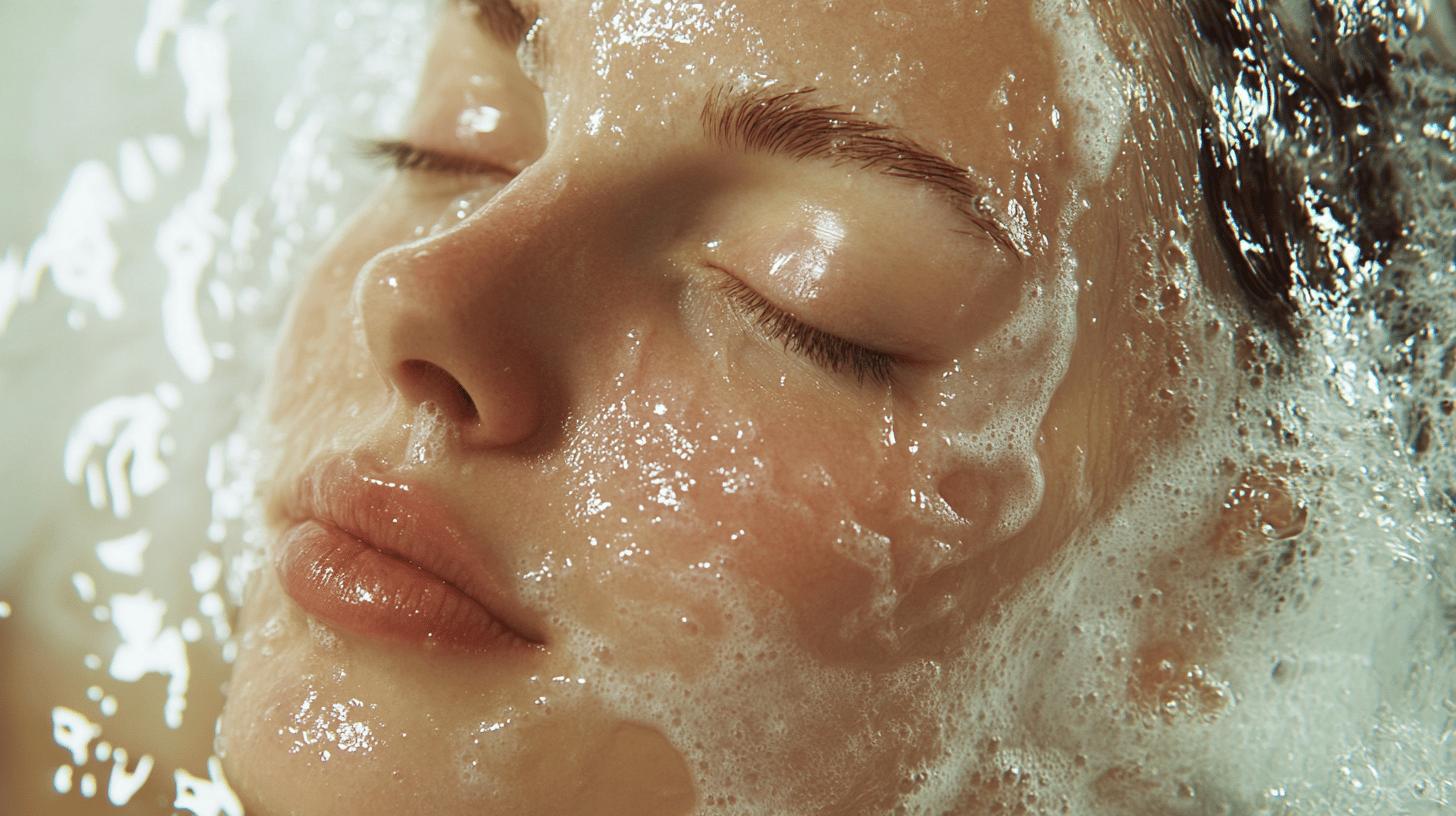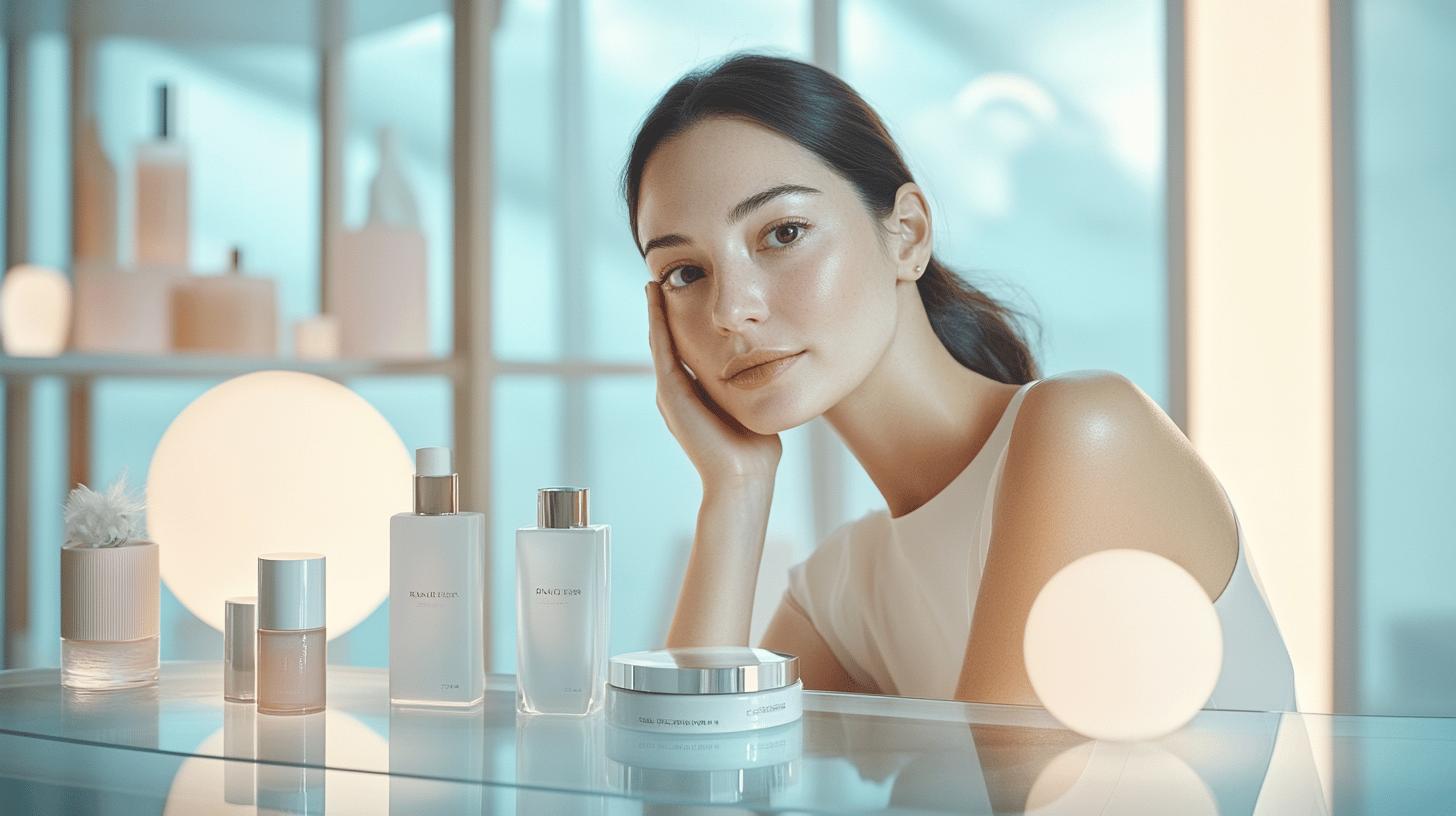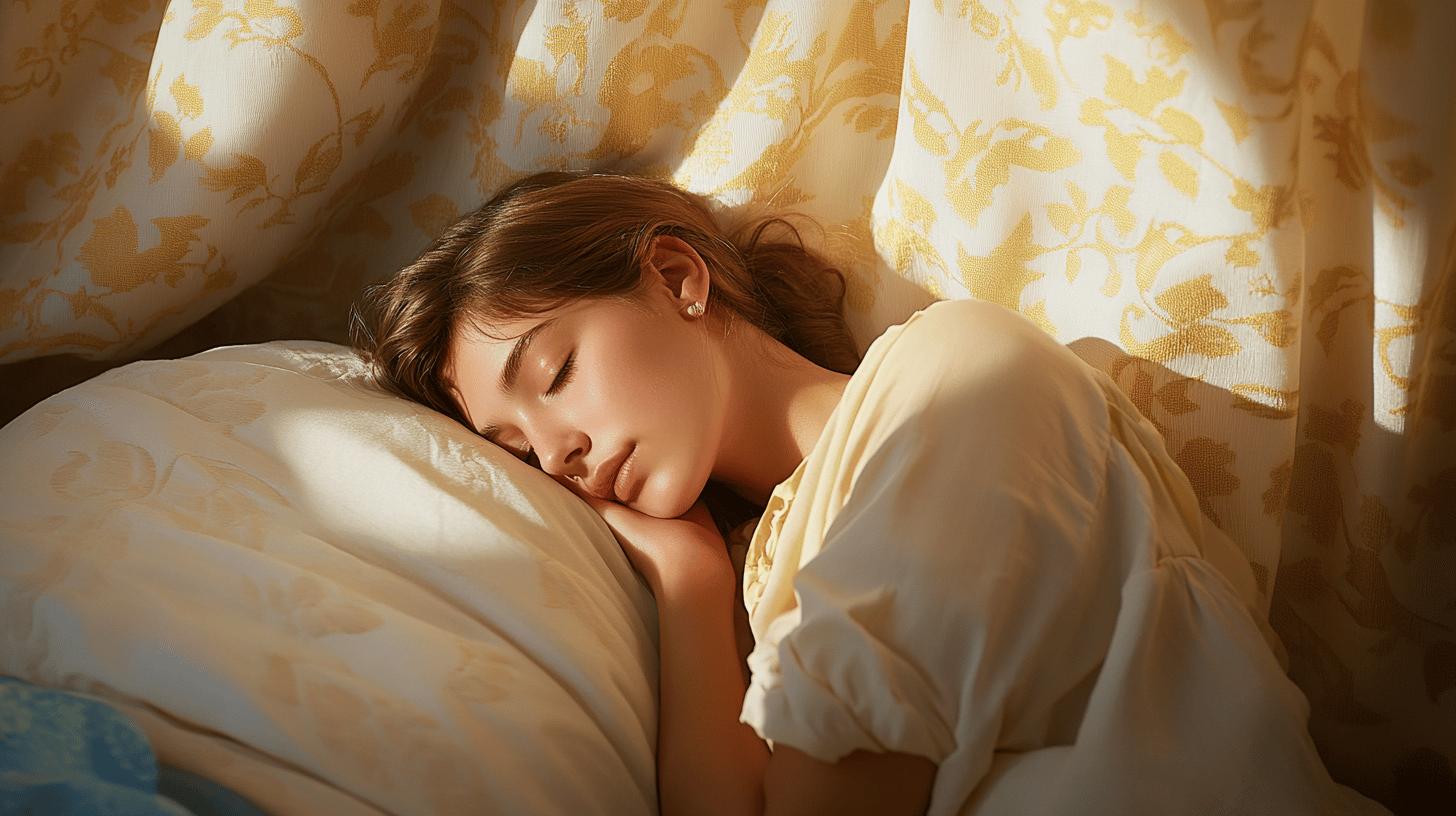Can the age-old wisdom of Eastern medicine transform modern aesthetic practices? This intriguing fusion is capturing attention, revealing that integrative beauty therapy isn’t merely a trend but a holistic beauty approach. Traditional Chinese Medicine (TCM) harmonises internal health with skin conditions, suggesting that skin issues might stem from deeper imbalances. By merging these insights with contemporary skincare, individuals can achieve enhanced beauty and improved skin health. Discover how this fresh approach marries ancient practices with modern advancements, offering a natural path to radiance and well-being.
Integrating Eastern Medicine with Modern Aesthetics: An Overview
Integrating Eastern medicine with modern aesthetics presents a fresh and innovative approach to beauty therapy. Traditional Chinese Medicine (TCM), a central pillar of Eastern medical practices, emphasises balance and harmony within the body. It views skin concerns not just as surface issues but as indicators of deeper internal imbalances. This perspective is increasingly being integrated with contemporary skincare and aesthetic treatments. By combining TCM’s holistic beauty approach with modern techniques, practitioners aim to enhance natural beauty and improve skin health through personalised and comprehensive care.
- Balance and harmony
- Internal health reflection on skin
- Personalised treatment plans
- Use of natural ingredients
- Holistic health focus
The growing popularity of integrating Eastern medicine with modern aesthetics reflects a shift towards more natural and holistic beauty solutions. Consumers are increasingly drawn to these methods due to their emphasis on overall well-being and minimal side effects. This integrative beauty therapy not only targets aesthetic improvements but also promotes long-term health benefits, providing a well-rounded approach to beauty. By combining traditional techniques with state-of-the-art treatments, this hybrid model offers a balanced pathway to achieving radiant skin and enhancing overall vitality.
The Role of Acupuncture in Modern Aesthetic Treatments
Acupuncture, a fundamental element of Traditional Chinese Medicine (TCM), plays a pivotal role in modern aesthetic treatments by addressing skin health through its unique principles. This ancient practice involves the insertion of fine needles into specific points on the body to stimulate energy flow, or Qi, promoting balance and health. In the context of aesthetics, acupuncture for aesthetics, often referred to as beauty acupuncture or facial acupuncture, is utilised to enhance dermal health. It focuses on improving circulation and stimulating collagen production, which are critical components for achieving modern aesthetic goals like anti-ageing and skin rejuvenation. By targeting underlying imbalances, cosmetic acupuncture not only addresses visible skin concerns but also supports overall vitality and well-being.
Acupuncture’s benefits in aesthetics extend beyond surface-level improvements. Enhanced circulation, one of the primary advantages, ensures that essential nutrients and oxygen reach skin cells more effectively, promoting a healthy and vibrant complexion. Collagen stimulation, another significant benefit, contributes to skin firmness and elasticity, reducing the appearance of fine lines and wrinkles. This natural approach to skin rejuvenation is increasingly favoured for its minimal side effects and holistic benefits, aligning with the growing trend towards integrative beauty therapies. By incorporating acupuncture into aesthetic treatments, practitioners offer a comprehensive solution that blends traditional wisdom with contemporary skincare needs.
Herbal Remedies and Modern Skincare: A Powerful Combination
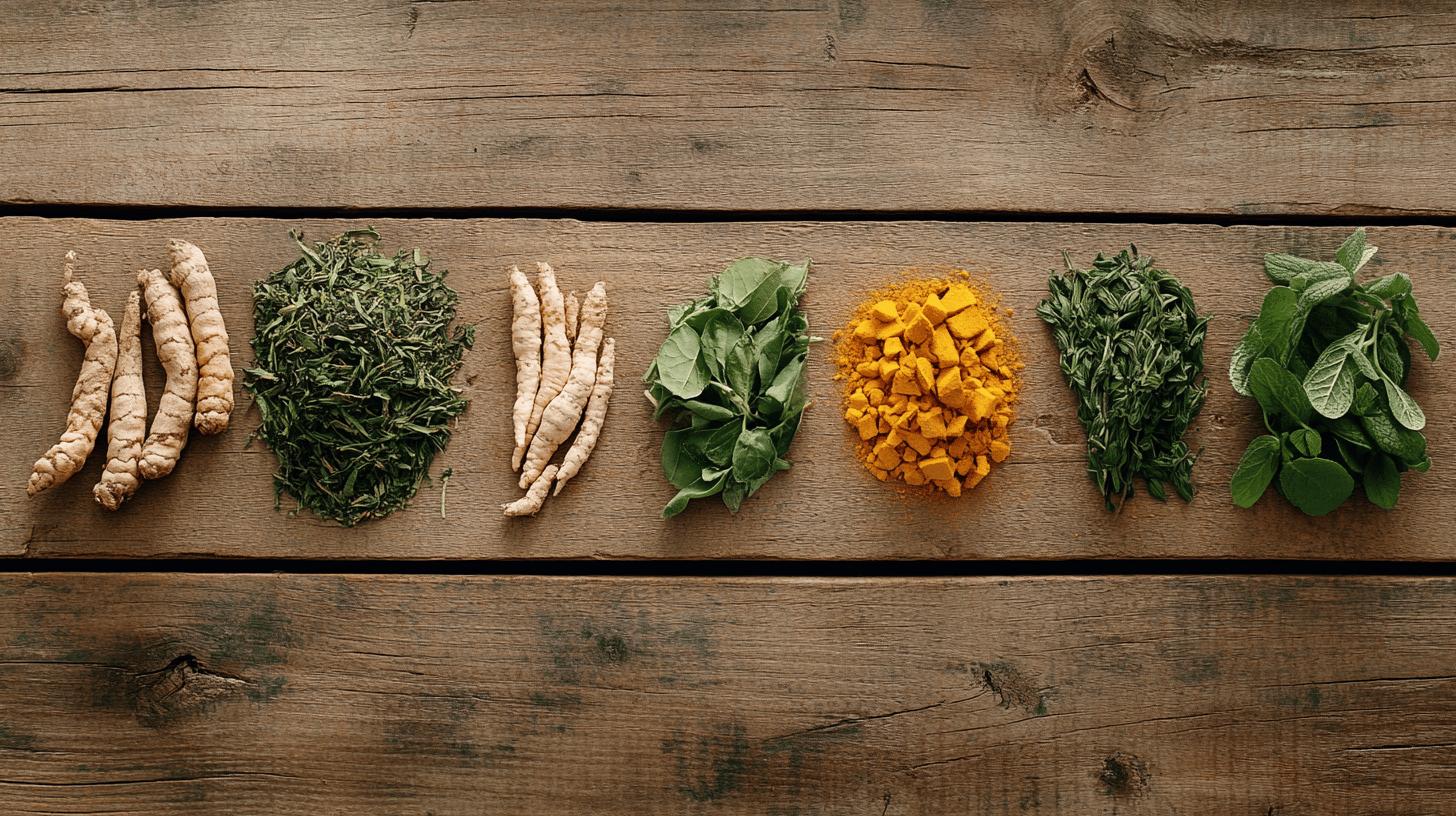
Throughout history, herbal remedies have been a cornerstone of traditional medicine, harnessing the power of nature to promote skin health. These natural solutions, derived from a rich tapestry of plants and herbs, have been used for centuries to address various skin concerns. Traditional remedies from Eastern medicine, in particular, have focused on the anti-inflammatory and rejuvenating properties of herbs, offering a harmonious and effective approach to skincare. This ancient wisdom is now being seamlessly integrated with modern skincare practices, providing a bridge between time-tested natural efficacy and contemporary beauty needs.
- Ginseng: Anti-ageing
- Green tea: Antioxidant properties
- Turmeric: Anti-inflammatory
- Licorice root: Skin brightening
The integration of herbal remedies with modern skincare products is gaining momentum as consumers seek safer and more holistic solutions. Brands are increasingly formulating products that incorporate these traditional herbs, capitalising on their proven benefits while enhancing them with advanced skincare technologies.
Ginseng, renowned for its anti-ageing properties, is often used in serums and creams to promote youthful skin. Green tea, rich in antioxidants, is a popular ingredient in cleansers and moisturisers, protecting the skin from free radical damage. Turmeric and liquorice root are frequently included in formulations aimed at reducing inflammation and brightening the complexion, respectively.
This fusion of nature-based treatments and modern innovation offers a powerful, well-rounded approach to skincare, highlighting the enduring relevance and adaptability of traditional remedies in the pursuit of healthy, radiant skin.
Achieving Balance: The Holistic Approach to Beauty
The holistic approach to beauty underscores the significance of the mind-body connection in achieving optimal aesthetic results. By recognising that beauty is not merely a superficial pursuit, this method embraces the integration of mental, emotional, and physical well-being. The balance and beauty achieved through this connection are essential for long-lasting and genuine aesthetic improvements. Stress management plays a pivotal role, as reduced stress levels can lead to clearer skin and a more vibrant appearance. Furthermore, nutrition and physical activity are integral components, providing the body with essential nutrients and stimulating circulation, which in turn supports healthy skin. This comprehensive approach ensures that beauty emanates from within, enhancing external treatments and promoting an overall sense of well-being.
The integration of holistic practices with modern aesthetic treatments offers a synergistic pathway to comprehensive beauty care. By combining traditional remedies with cutting-edge technologies, individuals can experience enhanced results that address both internal and external factors. Mindfulness practices, such as meditation and yoga, complement aesthetic procedures by fostering a calm and centred state of being, which can improve the skin’s response to treatments. Sleep optimisation is another critical aspect, as adequate rest is vital for skin regeneration and repair. By adopting a holistic skincare and wellness routine, individuals can achieve a balanced beauty regimen that supports both short-term enhancements and long-term vitality.
- Stress management techniques
- Nutritional support
- Physical activity
- Mindfulness practices
- Sleep optimisation
Safety and Efficacy: Navigating the Fusion of Eastern and Modern Aesthetic Practices
When combining Eastern medicine with modern aesthetic treatments, safety and efficacy are paramount concerns. One common question is: “Are there contraindications to consider when integrating these practices?” Yes, potential contraindications exist, particularly concerning individual health conditions and the interaction between herbal remedies and modern pharmaceuticals. For instance, certain herbs used in Traditional Chinese Medicine (TCM) may interact with prescribed medications, leading to adverse effects. It is crucial for patients to disclose their full medical history to practitioners to ensure compatibility and avoid complications. This approach highlights the necessity of personalised treatment plans, where practitioners tailor aesthetic treatments to accommodate each individual’s unique needs and health status, thereby enhancing safety and efficacy.
Choosing the right clinic is vital for ensuring the success of integrative skincare solutions. How can patients select a reputable clinic for these treatments? Patients should look for clinics with certified professionals experienced in both traditional and modern practices, such as flawless.clinc. These clinics should have a track record of successful integrative treatments and adhere to strict safety protocols. Professional guidance from qualified practitioners not only maximises the benefits of combining these varied modalities but also safeguards against potential risks. By selecting clinics that prioritise safety and efficacy, individuals can confidently explore the benefits of this harmonious blend of Eastern and modern aesthetic treatments.
Final Words
Exploring the integration of Eastern medicine with modern aesthetics reveals a promising synergy in enhancing natural beauty and skin health. Techniques like Traditional Chinese Medicine focus on internal balance, offering a holistic beauty approach. The incorporation of acupuncture, herbal remedies, and overall holistic practices contributes to comprehensive beauty care.
Embracing such integrative beauty therapies ensures personalised treatments with natural benefits. Combining Eastern Medicine with Modern Aesthetics fosters a greater appreciation for diverse healing methods. This path not only caters to aesthetic needs but nurtures overall well-being, paving the way for safer and more effective beauty solutions.
FAQ
What are examples of Eastern medicine practices?
Eastern medicine practices include:
- Traditional Chinese Medicine (TCM)
- Acupuncture
- Herbal remedies
- Tai Chi
- Meditation
How does Western medicine differ from Eastern medicine?
Western medicine focuses on diagnosing and treating physical symptoms using technology and pharmaceuticals.
Eastern medicine prioritises holistic health, balance, and natural remedies.
Are there doctors who practice both Eastern and Western medicine?
Yes, integrative medicine professionals combine Eastern and Western practices.
They offer a comprehensive approach to health, addressing both physical symptoms and overall well-being.
What is the difference between Western medicine and traditional medicine?
Western medicine typically involves modern scientific methods and pharmaceuticals.
Traditional medicine often refers to indigenous and ancient practices that use natural remedies and holistic approaches.
Can acupuncture benefit modern aesthetic treatments?
Acupuncture enhances modern aesthetic treatments by improving circulation and stimulating collagen production.
These actions support anti-ageing and skin rejuvenation goals, promoting healthier skin appearance.
How are herbal remedies used in modern skincare?
Herbal remedies provide anti-inflammatory benefits and enhance skin health.
They are incorporated into modern skincare for their natural efficacy, offering minimal side effects and supporting healthier skin.
What is the holistic approach to beauty?
The holistic approach to beauty considers mind-body connection, stress management, nutrition, and overall well-being.
This method supports aesthetic improvements by promoting balance and comprehensive care.
How can one ensure safety and efficacy in combining Eastern and modern aesthetic practices?
Safety involves understanding potential contraindications and selecting reputable clinics.
Evaluating the expertise of healthcare professionals and favouring certified facilities, like flawless.clinic, ensures effective and secure treatment plans.
